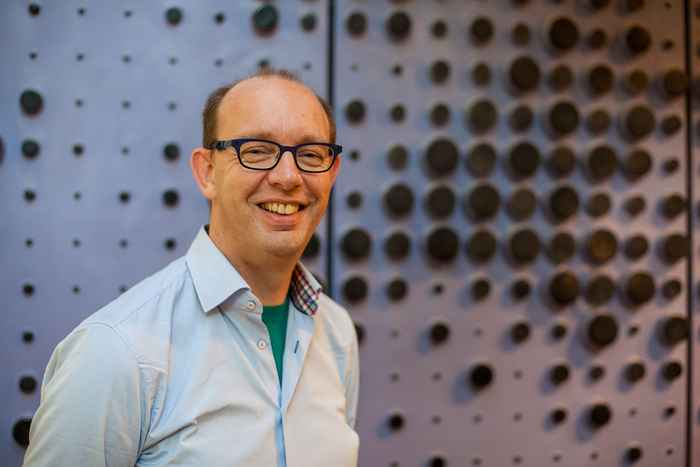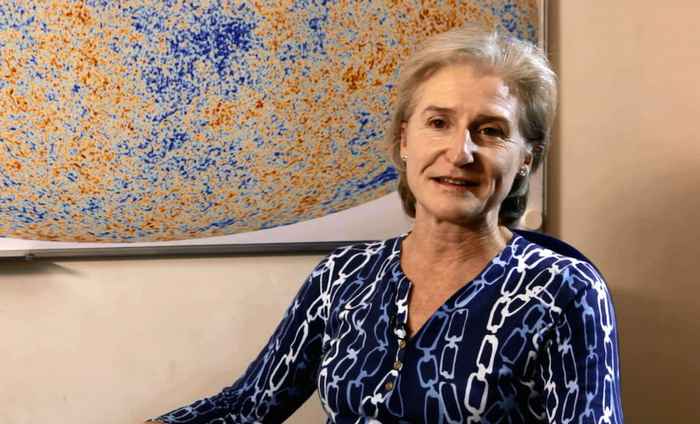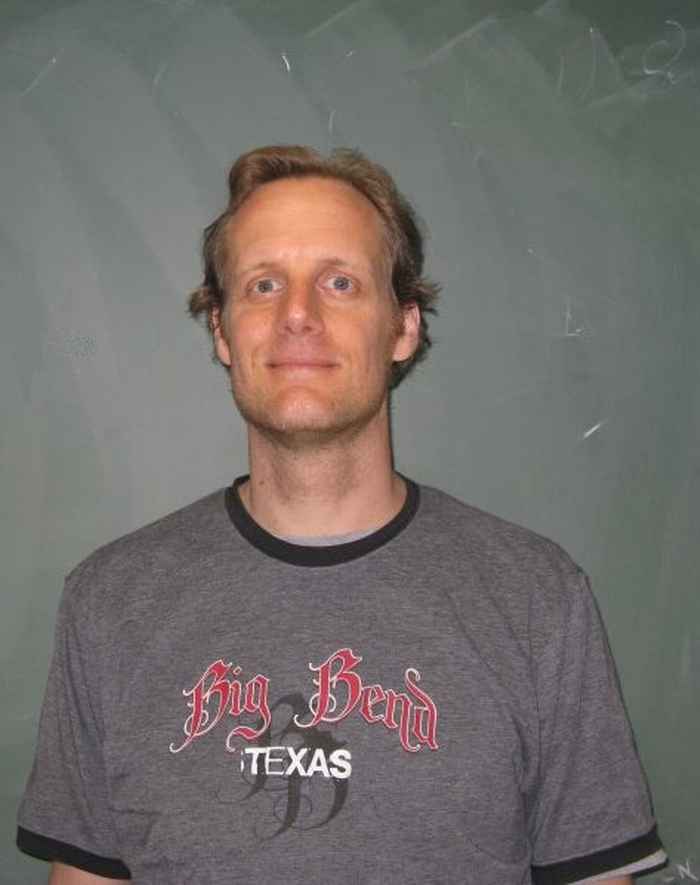Three new FOM 'Vrije Programma's' for theoretical physics
Cosmology, Higgs and spintronics
21 November 2014

Higgs as a probe and portal
The discovery of the Higgs boson in 2012 by the ATLAS and CMS collaborations at CERN was the crown on the standard model. At the same time, the discovery opened a door to new insights: fundamental questions about the universe not explained by the standard model remain. Questions such as: Is the universe stable? Why has antimatter disappeared from the universe? Were the fundamental nuclear and electromagnetic forces ever unified in a single force?
The FOM research programme of UvA professor Laenen and colleagues, embedded in the Nikhef theory group, will investigate these questions, with the Higgs boson as its portal. They will do so from a theoretical perspective, but in close collaboration with colleagues from the ATLAS and LHCb experiments. The total budget for this programme is 2.1 M€.
Eric Laenen: "With the new run of the LHC coming there are great opportunities for new discoveries. Through this programme, focused on the Higgs boson, and with help of our intense collaboration and broad expertise, we can take on a leadership role in the exciting search for physics beyond the standard model."

Observing the big bang: the quantum universe and its imprint on the sky
The current distribution of matter (including galaxies, gas and dark matter) in the universe is the result of tiny variations in the density and temperature of the hot early universe. These variations in the cosmic microwave background have been precisely observed by the Planck satellite. The special properties of these variations indicate that they are rooted in quantum effects, which occurred a fraction of a fraction of a second after the Big Bang. The universe then underwent a brief period of accelerated expansion, called cosmological inflation.
This research aims at understanding the origin and evolution of these quantum effects. How did the fluctuations evolve? In what way have they led to the distribution of galaxies and other structures that are now present in the universe? This knowledge is of great importance in order to relate future observations by the Euclid satellite of the large-scale structure of the universe to the initial conditions generated by cosmological inflation.
This programme will be carried out under the leadership of Prof. Ana Achúcarro (Leiden University) and also involves teams from Nikhef, Utrecht University, the University of Amsterdam and the University of Groningen. The total budget for this programme is 2.3 M€.
Programme leader Ana Achúcarro: "The variations in the cosmic background radiation and the distribution of matter in today's universe are different time recordings of the history of the universe: fossil layers of the universe. If you know what to look for, you can reconstruct what happened a fraction of a fraction of a second after the Big Bang."

Magnon spintronics – transport without moving electrons
Electrical conduction is caused by electrons that move through a material and undergo collisions, e.g., with impurities in the material. The goal of this program is to convert electric currents in a controlled way into currents through magnetic electrically-insulating materials. These currents are carried by magnons or spin waves, wave-like excitations of the magnetic properties of the material. In this latter case the electrons are not moving, which strongly limits the energy consumption. The ultimate goal of the program is to develop novel materials and devices to realize magnonic currents that flow without dissipation.
The conversion of electrical currents into magnonic ones is based on the so-called spin property of the electron, which can roughly speaking be pictured as a built-in compass needle. The spin of the electron can interact with magnetic properties of the material at interfaces between magnetic insulators and non-magnetic conductors. By developing new materials and interfaces, the coupling between electrons and magnons can be made efficient enough to create a so-called Bose-Einstein condensate of magnons. This state of matter gives rise to superconductivity – flow without waste of energy – of the magnons.
Rembert Duine, program leader: “This program reached from experimental materials science to theoretical physics and everything in between. This broadness in expertise enables breakthroughs in this internationally competitive field.”
About FOM Vrije Programma's
The Vrije FOM-programma's bring together the best research groups in their respective fields in the Netherlands. In each research programme the specialists from the various Dutch knowledge institutes combine their strengths. With this FOM realises what is termed 'focus and mass' in policy jargon: working on a limited number of challenging scientific subjects, with a large number of the best researchers in the Netherlands, with the research being coordinated at a national level.
In this funding round the Foundation for Fundamental Research on Matter (FOM) has awarded a total of 12 M€ to six new research programmes. The research groups will work in areas where Dutch physics has a superb international record and there is a clear scientific and societal interest.
The six programmes awarded funding are the winners in a heavy competition that started last spring with 22 proposals submitted for the Vrije FOM-programma's. On the basis of verbal presentations, recommendations from committees and a critical evaluation by international experts concerning the scientific quality of the applications, the FOM Executive Board has awarded the highest-scoring applications.